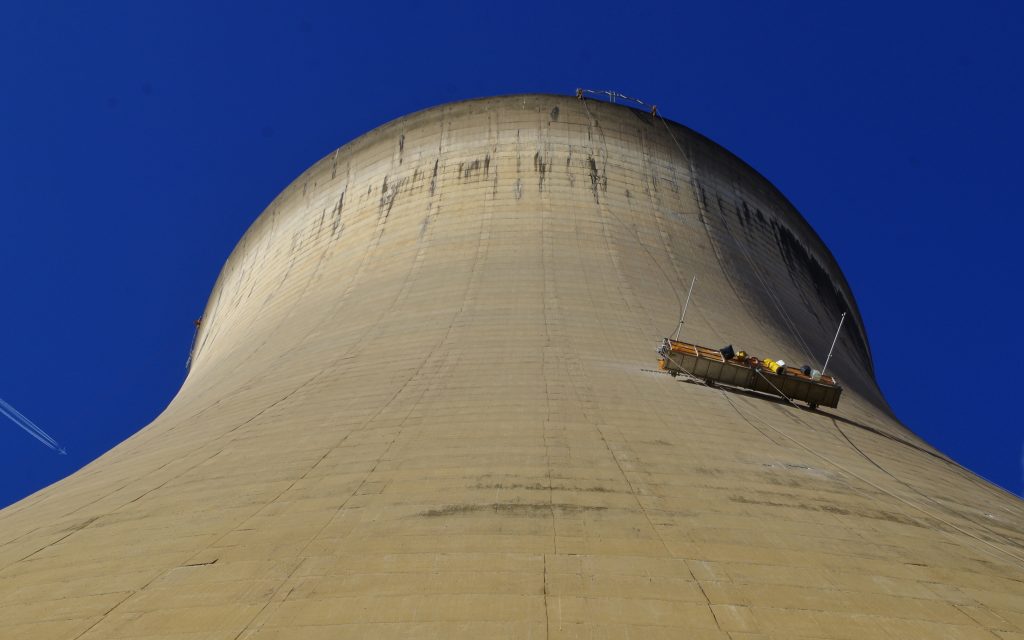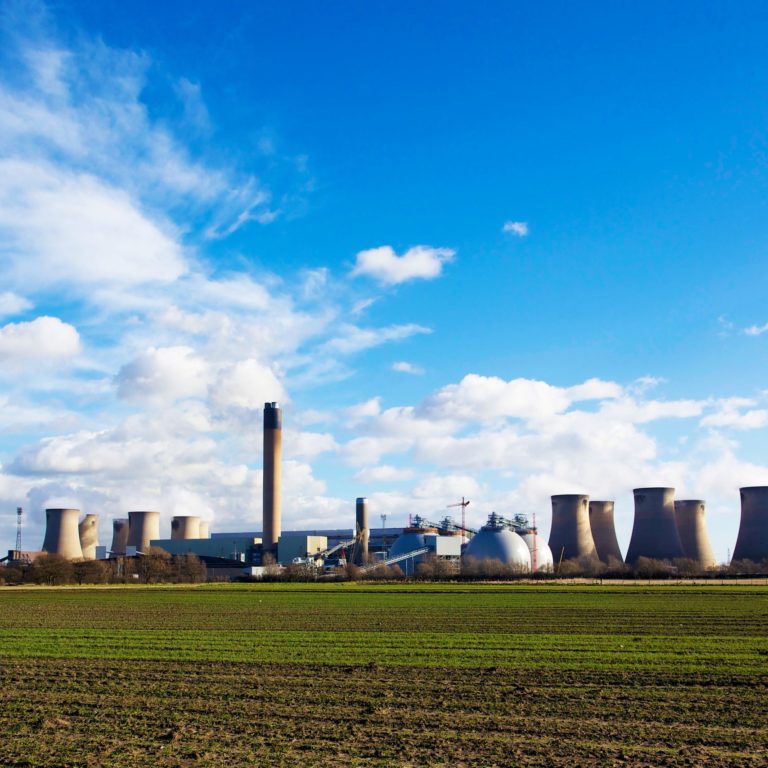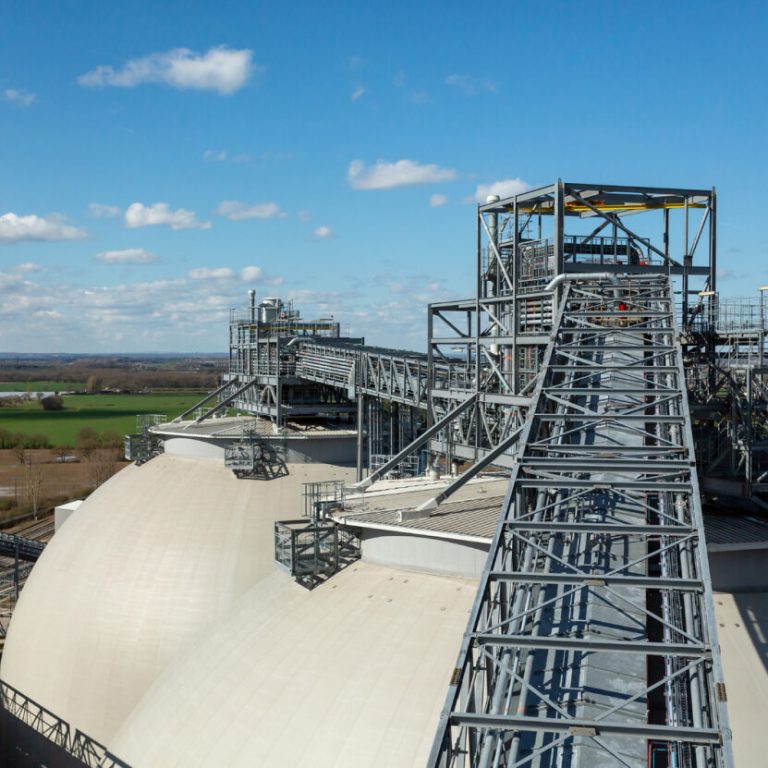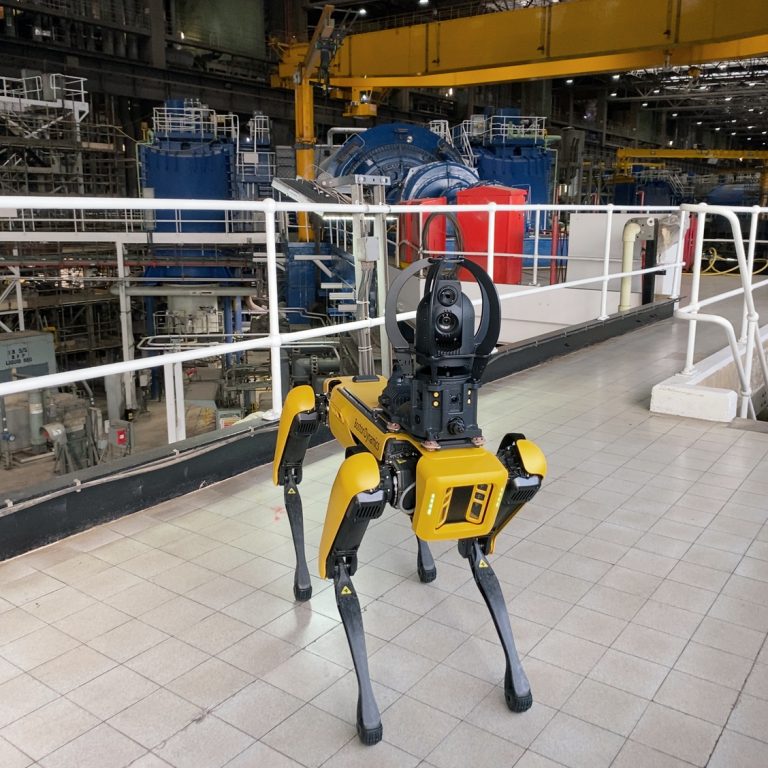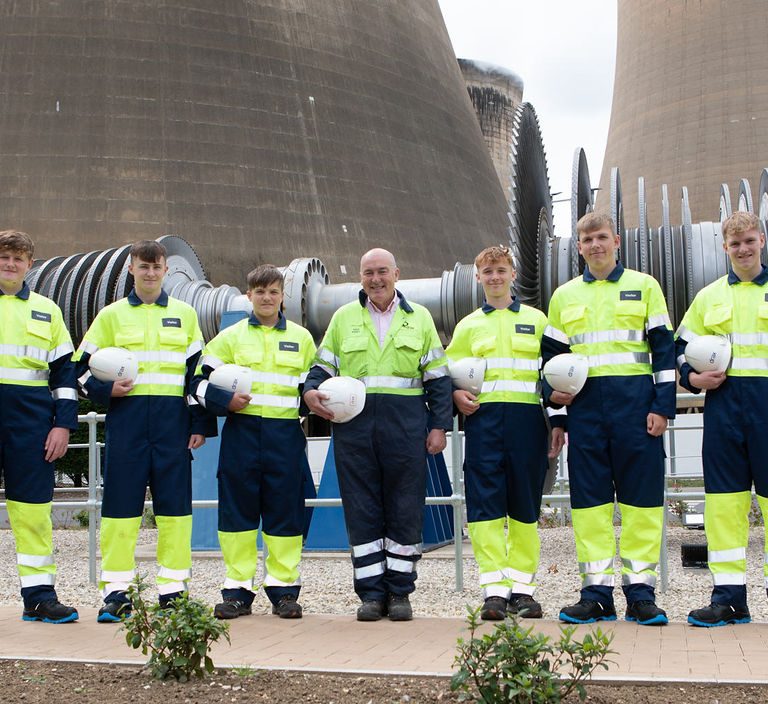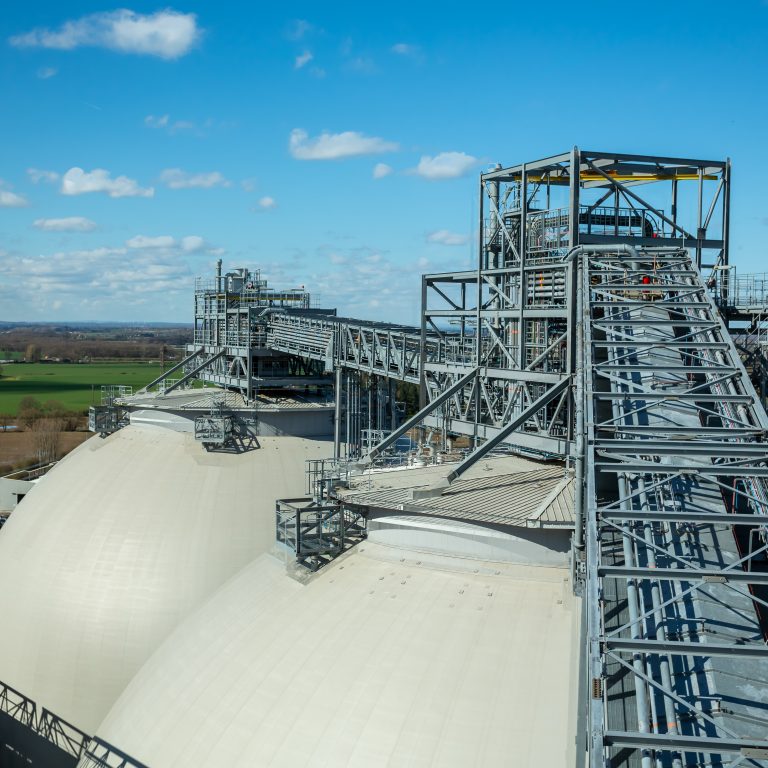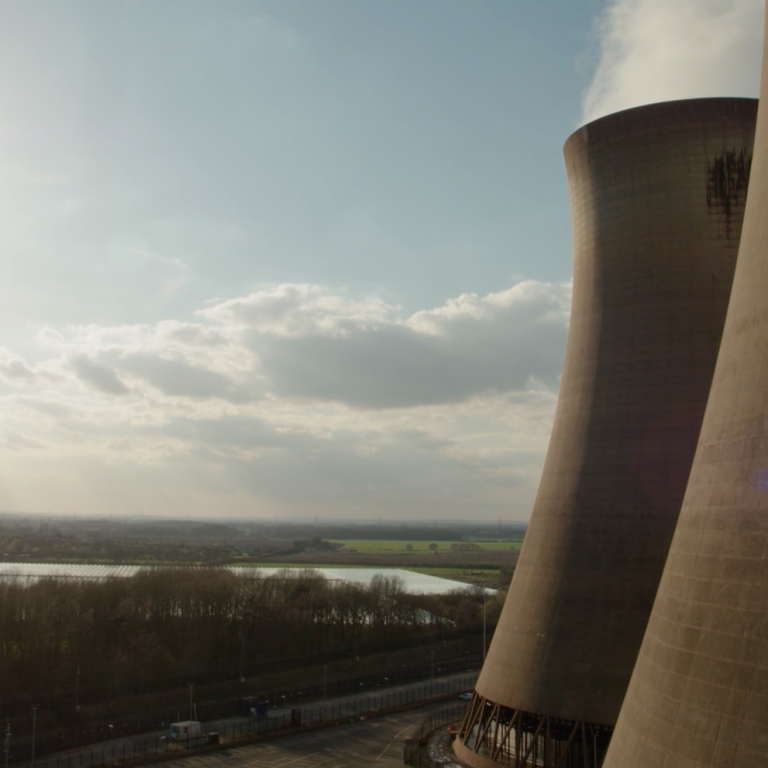Be they for nuclear, coal, or biomass power, cooling towers and their colossal, tapering silhouettes are the most iconic element of the architecture of energy. Drax has 12 of them.
But a structure of that size poses a considerable maintenance challenge. For the first time since Drax’s six towers were constructed between 1967 and 1974, one of them was in need of repair.
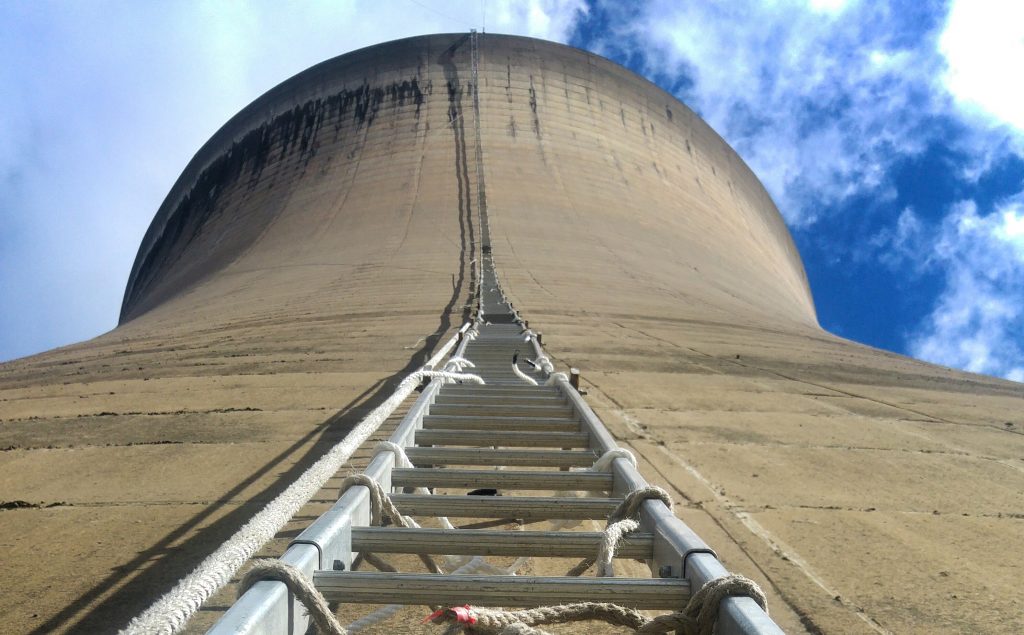
What could possibly go wrong?
No matter how well you build something, things can go wrong after more than five decades of continuous operation. Each tower is made from concrete that varies in thickness from seven inches in the middle to around 15 inches at the top and bottom. Over time, even a structure this solid can begin to weaken.
Cooling towers are reinforced with steel bars embedded within their concrete which can rust and expand, causing the concrete around it to crack – a process called spalling. Water vapour, which passes through the towers on an almost constant basis, can also migrate into poorly compacted concrete inside the tower and cause further cracks.
Before the Drax team could set about repairing the towers, they needed to know where these cracks were. Inspecting a structure that tall needed an innovative solution. It needed drones.
Surveying the damage
Drones were used to make a comprehensive, photographic record of the towers that could be inspected for signs of damage. The drones also helped produce a 3D model of the structure to visualise the tower’s defects. It was the first-of-a-kind for the company.
The drone survey found that on tower 3B there were a number of cracked concrete patches on the towers that needed repairing and maintenance was scheduled to coincide with Drax’s 2016 outages – periods during the summer months when electricity demand is lower and parts of the power station undergo routine repair work.
The next challenge was how to carry out these repairs on a structure taller than the Statue of Liberty.
To inspect the cooling tower, Drax created a 3D model with the help of CyberHawk.
Engineering at an altitude
Drax tower 3B is nearly 115 metres tall, enough to fit in the Statue of Liberty or St Paul’s Cathedral with room to spare.
How do you go about repairing a structure like this? The answer: Steeplejacks. Steeplejacks were called so because, originally, they were the people used for scaling the side of church steeples to make repairs. But a cooling tower presents a distinctly different structure that can’t necessarily be climbed up from the bottom. To scale it and make the repairs, a different approach was needed.
Drax reached out to specialist steeplejack contractors Zenith Structural Access, who build devices that allow the scaling of industrial-scale structures.
Zenith’s solution was to fix a metal frame to the top of the tower, which then lowers a walkway suspended by strong metal cables down its side. From a perch suspended from the top of tower 3B, workmen were deployed to make the repairs – more than 100 metres above ground.
Suspended in their cradles, the teams sealed the surface of each crack and then injected resin to fix the cracks in the concrete shell. Where the concrete had spalled, new specialist repair mortars were applied.

Regular repairs
With the identified defects on the tower fully repaired, attention can now move on to others on site. Routine inspections using drones and binoculars have been planned to take place every three years. These will monitor the condition of all the towers and allow for future maintenance to be planned in advance.
Two more towers are already scheduled for repair in 2017’s outages. Once again, it’ll be case for engineering work at elevation.








